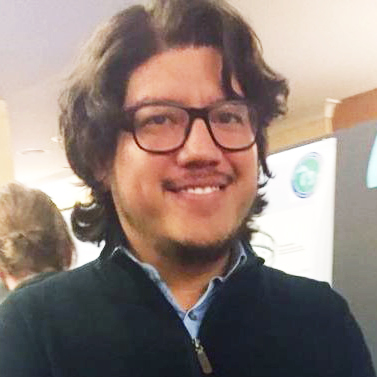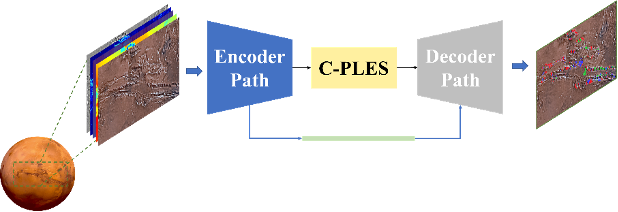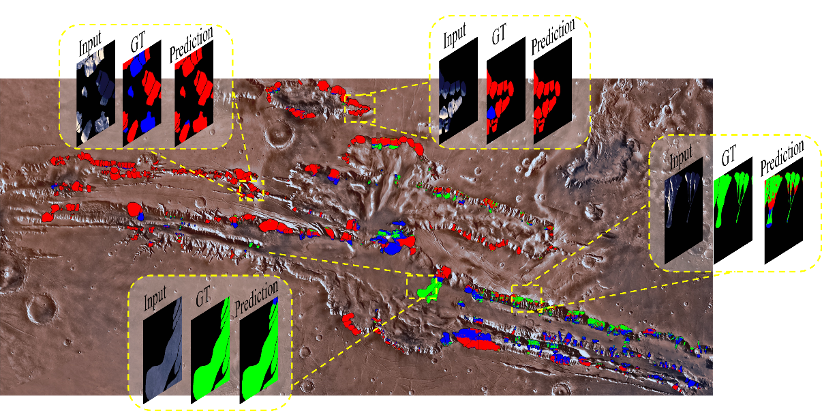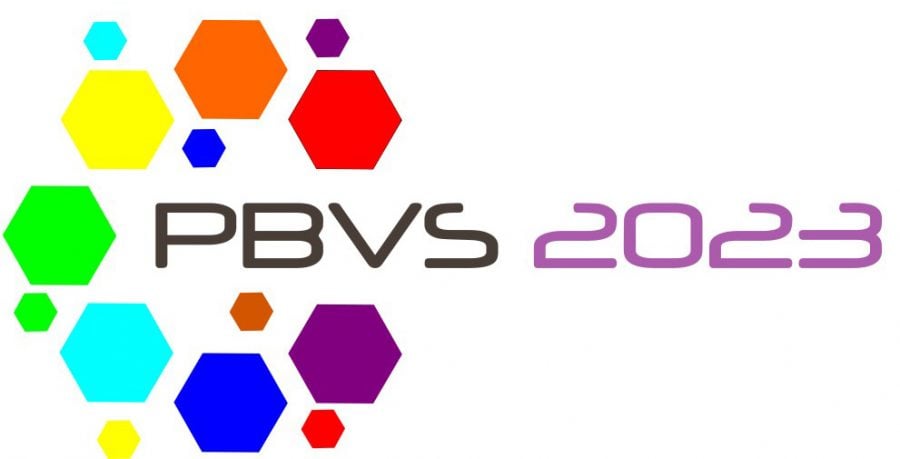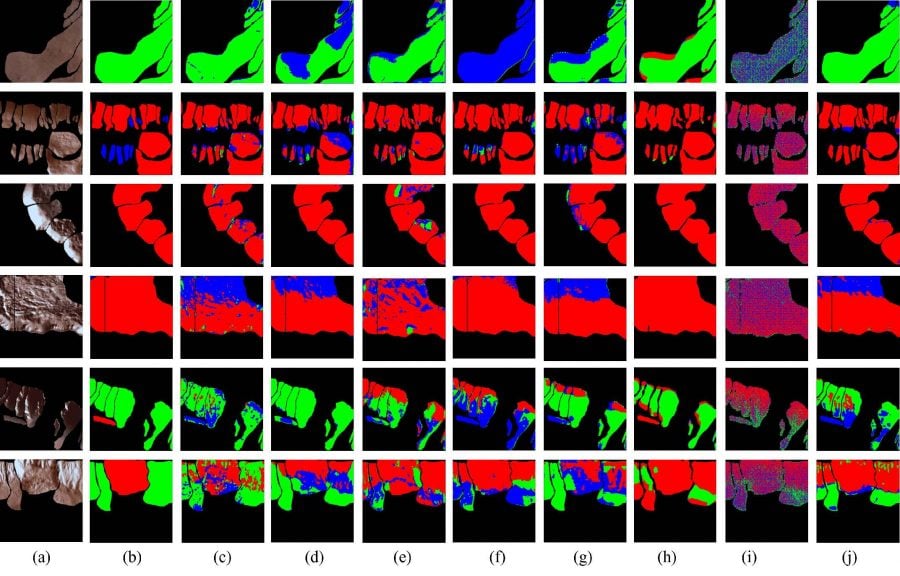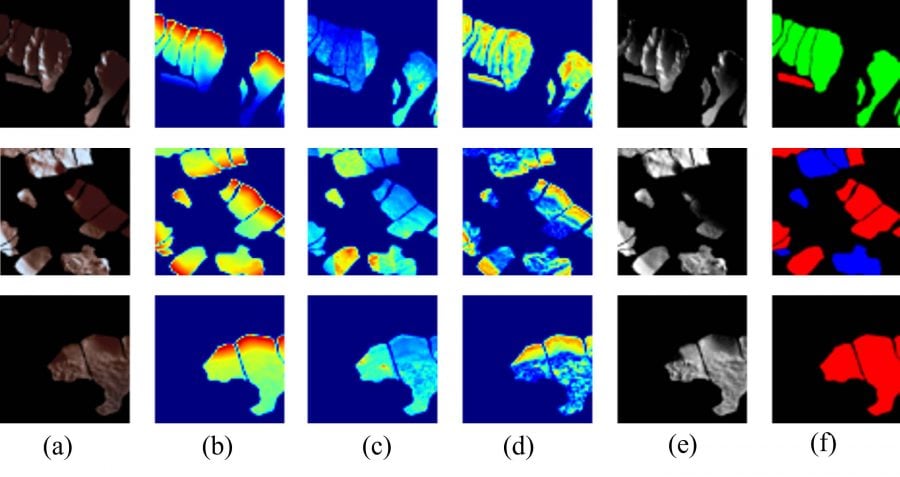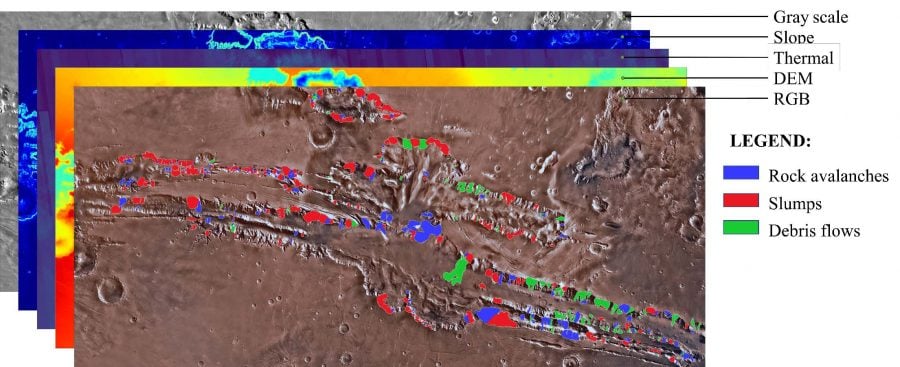A paper by Ph.D. student Abel A. Reyes, Engineering-Computational Science and Engineering; Assistant Professor Sidike Paheding, Applied Computing, and others has been selected for oral presentation in a workshop at the esteemed 19th IEEE CVPR Workshop on Perception Beyond the Visible Spectrum (PBVS ’23), a premier conference in computer vision.
Additional authors of the paper are A. Rajaneesh, University of Kerala; K.S. Sajinkumar, University of Kerala; and Michigan Tech Professor Thomas Oommen, Geological and Mining Engineering and Sciences (GMES).
Sidike Paheding is a member of the Institue of Computing and Cybersystems’s (ICC) Center for Data Sciences (DataS).
“In this research, we uncover the intricate challenges and distinctive data characteristics encountered. Our newly developed deep learning architecture for multiclass landslide segmentation in Valles Marineris on Mars has provided invaluable insights into the fascinating realm of Martian geology and terrain. To the best of our knowledge, this study is the first attempt to propose an end-to-end DL framework for multi-class Martian landslide segmentation from satellite images,” says Reyes.
“In addition, we unveiled a new dataset for multi-modal multi-class Martian landslide segmentation, which can be accessed via https://github.com/MAIN-Lab/C-PLES. This remarkable resource is expected to provide a unique opportunity to delve into the intricacies of Martian landscapes and contribute to the ongoing progress in this field,” he adds.
“We introduce a novel Mars landslide segmentation dataset, featuring multimodal multiclass landslide properties, and now accessible to the research community,” adds Paheding. “In addition, the proposed C-PLES (Contextual Progressive Layer Expansion with Self-Attention) architecture stands out as the pioneering deep learning framework dedicated to landslide segmentation on Mars. The outcomes of this research aim to be reproducible across diverse surfaces, facilitating the analysis of various regions’ topologies on Earth and beyond.”
Access the full paper here.
Since 2004, the Perception Beyond the Visible Spectrum workshop series (PBVS ’23) has been one of the key events in the computer vision and pattern recognition (CVPR) community. The workshop series features imaging, sensing, and exploitation algorithms in the non-visible spectrum (infrared, thermal, radar, etc.). It is a leading meeting for scientists, researchers, students, and engineers from academia, industry, and government agencies throughout the world.
